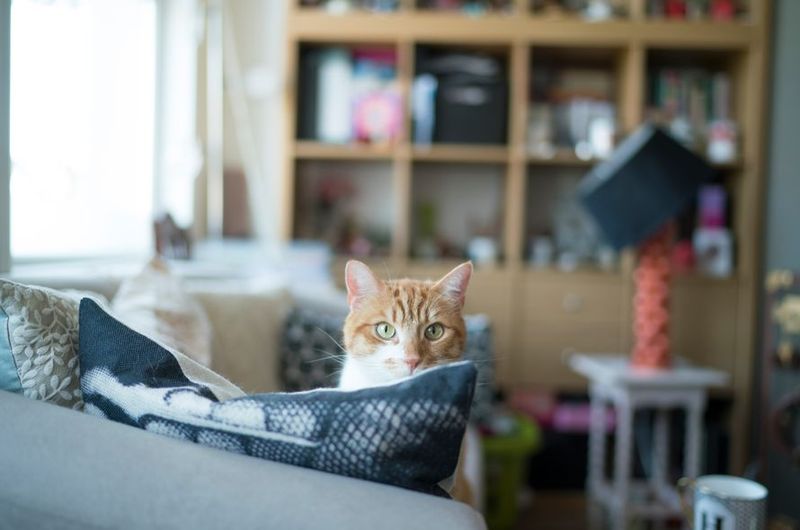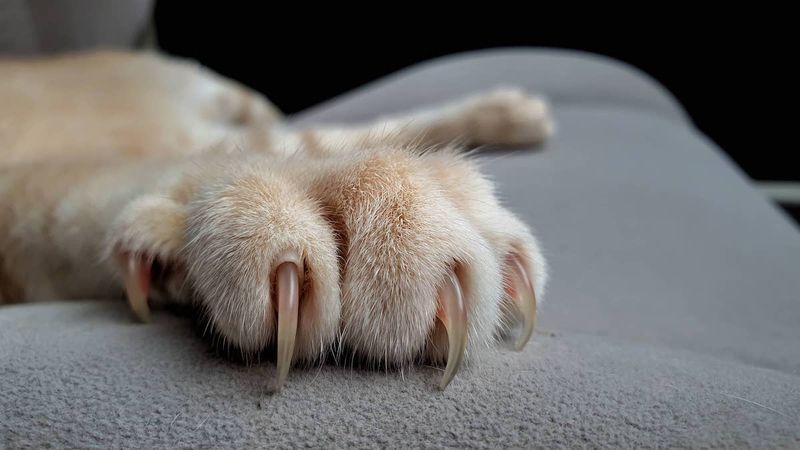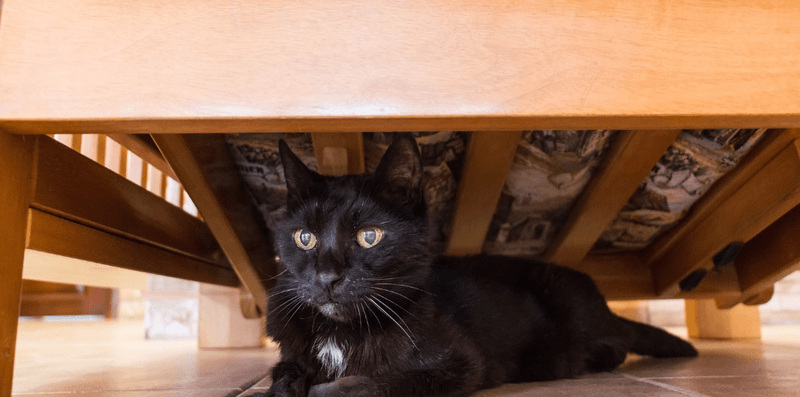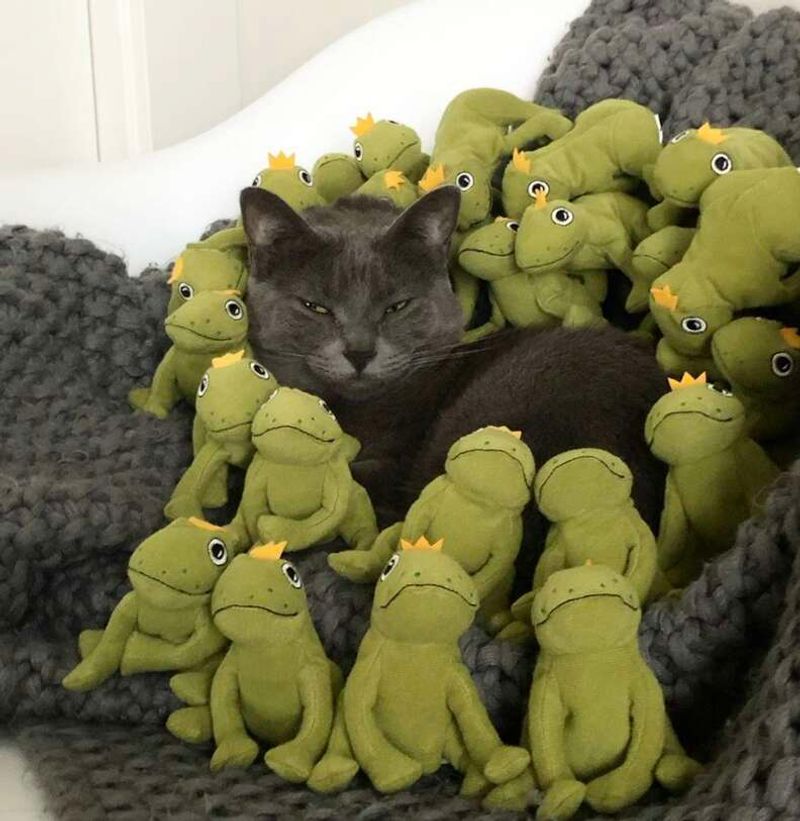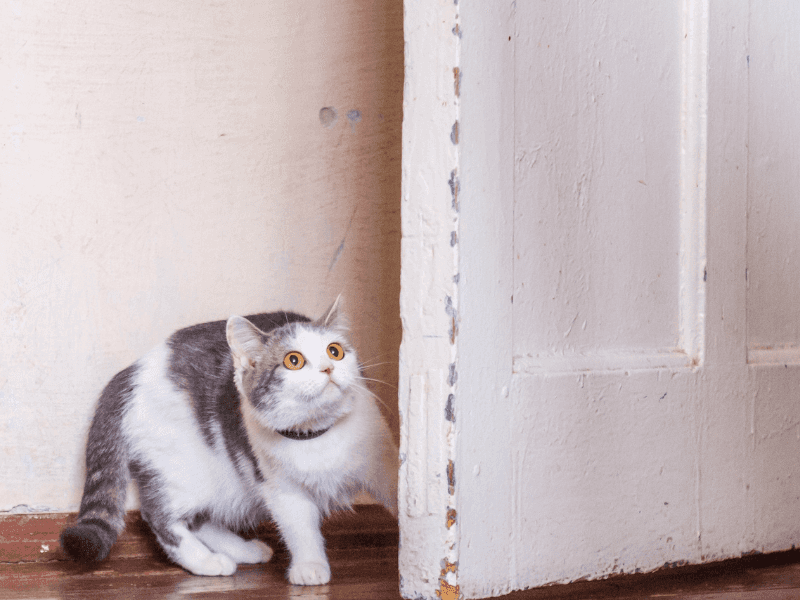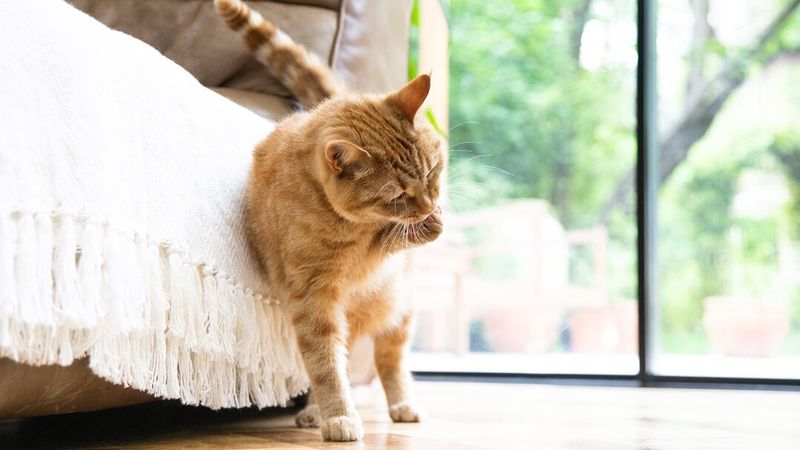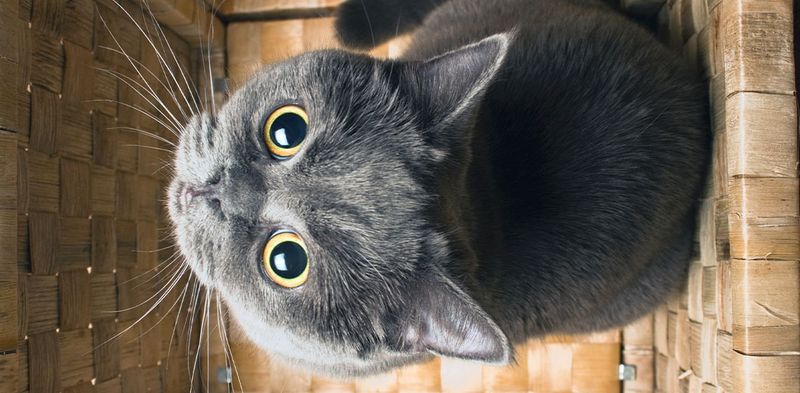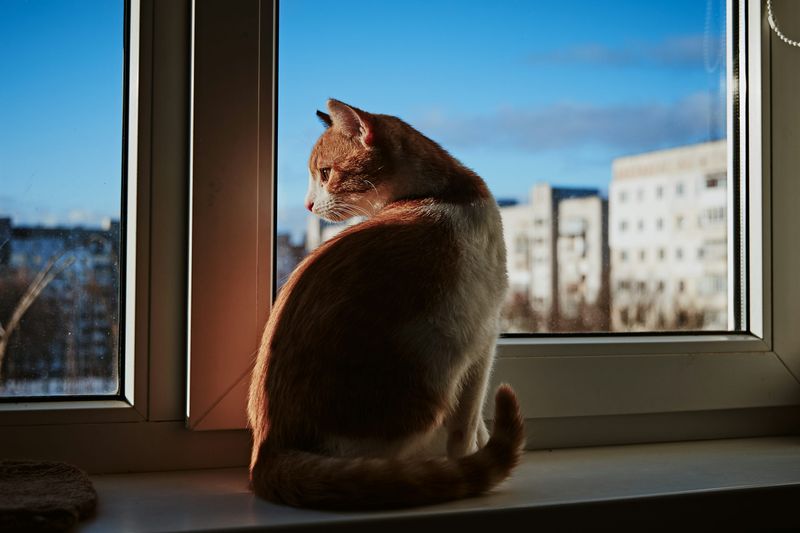📖 Table of Content:
Cats are often thought of as independent and aloof, but those who live with them know just how sensitive and emotionally complex these animals can be. They tune into their environment with acute awareness, picking up on tones, energies, and behaviors—even those we think are subtle. While occasional sternness may feel justified when your cat misbehaves, raising your voice could have consequences far beyond what you imagine.
Though cats may not understand the exact words we use, they are highly responsive to the way we say them. A raised voice, especially when tinged with anger or frustration, signals danger to your feline companion. Over time, repeated exposure to yelling can erode your cat’s sense of safety, leading to a range of emotional, behavioral, and even physical problems.
In this article, we’ll explore eight surprising effects that yelling can have on your cat and explain how each one can slowly weaken the bond between you. By understanding the true impact of your tone and behavior, you can make more informed choices in how you interact with your pet. And more importantly, you’ll learn healthier, more effective ways to build trust, teach boundaries, and foster a deeper connection with your furry friend.
1. Increased Stress and Anxiety
Loud and aggressive tones can trigger your cat’s natural fight-or-flight response, flooding their system with stress hormones. Every time you yell, even unintentionally, your cat may interpret it as a threat to their well-being. As a result, they become more anxious and hypervigilant, always waiting for the next explosion. Instead of relaxing in their home, your cat might retreat to hiding spots, avoid eye contact, or flinch at sudden movements. Chronic stress not only affects their mood but can compromise their immune system over time. Eventually, this persistent state of anxiety can lead to long-term psychological damage. In turn, your bond suffers, as your cat no longer sees you as a source of comfort.
2. Behavioral Regression
Ironically, yelling at your cat to correct a behavior often leads to that behavior becoming worse. Many feline misbehaviors—like knocking things over or scratching the couch—are driven by boredom, insecurity, or stress. When yelling enters the equation, it adds fear to the mix, causing confusion and emotional overload. Your cat may stop using the litter box correctly or start engaging in more disruptive behavior as a form of coping. Rather than learning from the outburst, the cat simply learns to associate their actions with unpredictable punishment. Without proper redirection and understanding, their development stalls or even regresses. Instead of progress, you end up locked in a frustrating cycle of reaction and retaliation.
3. Fear-Based Avoidance
Once your cat begins to associate your voice with fear, they’ll take steps to avoid you altogether. This avoidance can include hiding under furniture, fleeing from rooms when you enter, or resisting being touched or picked up. Over time, these avoidance behaviors can become deeply ingrained, even when you’re not yelling. Your presence alone may become stressful, leading to a cat that no longer feels safe in its own home. The emotional distance this creates is painful for both pet and owner, severing moments of trust and affection. You may find yourself longing for connection while your cat keeps you at arm’s length. Repairing this avoidance takes significant time, patience, and consistency.
4. Suppression of Natural Behaviors
Yelling doesn’t just stop bad behavior—it often discourages healthy ones too. Cats thrive on curiosity, play, vocalization, and exploration, but fear of being reprimanded can stifle these instincts. The result is a muted, withdrawn version of your cat who no longer feels safe expressing themselves. Instead of chasing toys or meowing for attention, they may become listless and subdued. Even positive attention from you might be met with hesitance, as your cat no longer knows what to expect. Over time, their diminished behavior may be mistaken for calmness when it’s really emotional shutdown. This suppression drains the joy out of your relationship and hinders true bonding.
5. Loss of Trust
Trust is the cornerstone of any healthy human-animal relationship, and yelling chips away at that foundation. A cat needs to know that you are a consistent and safe figure in their life. Sudden, loud reactions introduce uncertainty, making them wary of your behavior. This inconsistency forces your cat to always be on edge, unsure of how you’ll respond. As trust erodes, so does their willingness to engage with you, seek your company, or display vulnerability. Rebuilding trust after it’s broken takes far more time than it did to lose it. Once gone, that intimacy may never return in the same form.
6. Health Issues
While it may be surprising, the emotional toll of being yelled at can lead to physical symptoms in cats. Elevated stress levels can disrupt digestion, leading to vomiting, diarrhea, or constipation. Some cats begin to over-groom, licking themselves raw in an attempt to self-soothe. Others may under-eat or overeat, both signs of emotional imbalance. You might notice increased lethargy, excessive sleeping, or behavioral outbursts like nighttime yowling. These physical issues can become chronic if the emotional root cause isn’t addressed. A stressed-out cat is not just emotionally fragile—it’s physiologically compromised as well.
7. Misinterpretation of Intent
Communication between humans and cats is nuanced, and yelling usually sends the wrong message. While you may be trying to discipline your cat for bad behavior, they don’t understand the link between your tone and their actions. Instead, they interpret the sound and energy as aggression, unrelated to whatever they were doing. This miscommunication fosters confusion and anxiety, rather than teaching or guiding. Without clarity, your cat can’t learn what behavior is actually expected of them. The lack of mutual understanding creates a disconnect, eroding the potential for harmonious coexistence. At worst, it sets the stage for a fearful and uncooperative relationship.
8. Reduction in Social Engagement
When yelling becomes part of your routine, your cat may choose solitude over socialization. They may stop initiating play, grooming you, or curling up beside you at night. Even attempts at affection might be reduced to brief or hesitant gestures. Social withdrawal is your cat’s way of protecting themselves from further emotional harm. This isolation not only impacts their emotional health but robs you both of the companionship you once shared. Restoring a cat’s desire to engage socially requires a calm, consistent, and respectful environment. Without it, the silent distance between you may only grow.

